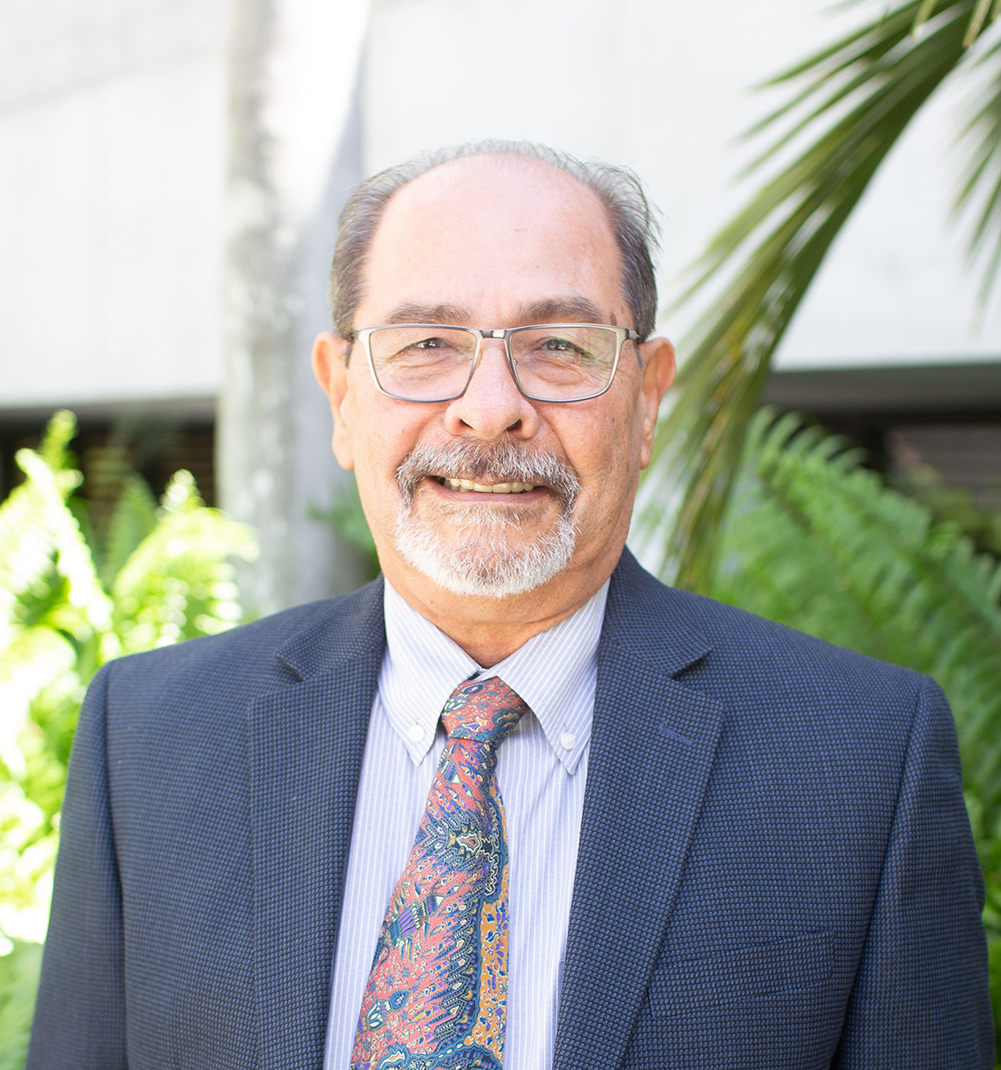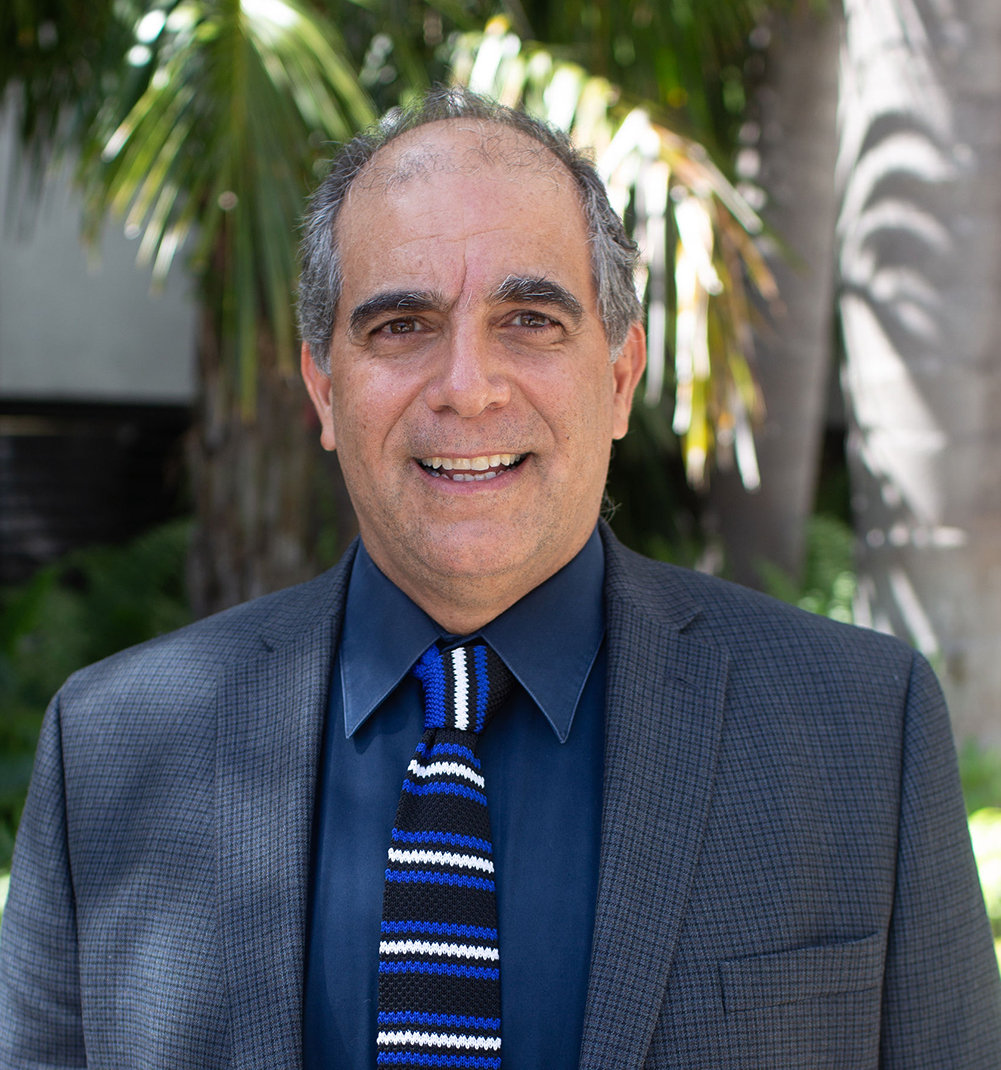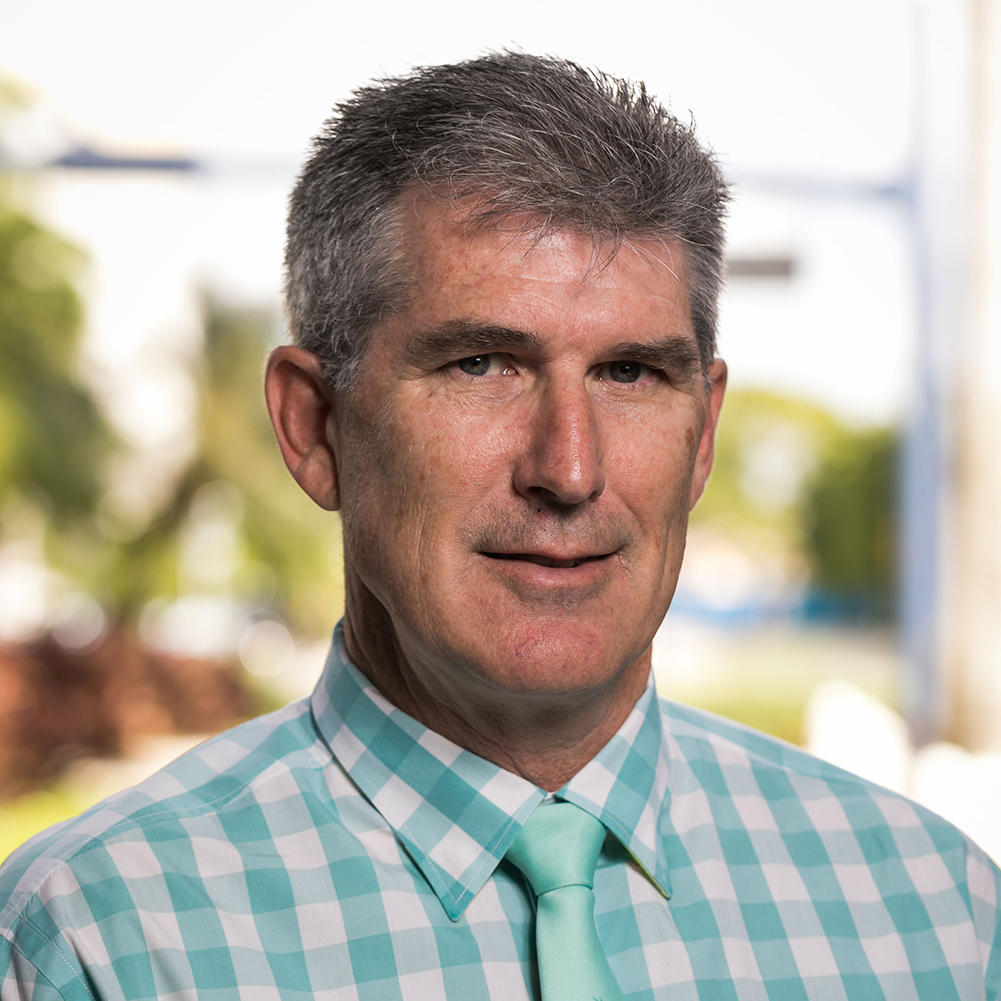- Title: Poly- and Perfluorinated Alkyl Substances (PFAS) Toxicity Study
- Principal Investigators: Natalia Soares Quinete
- Funding Source: Various Funders
There is a growing public concern on Poly- and PerfluorinatedAlkyl Substances (PFAS) worldwide due to their ubiquitous presence in the environment (e.ggroundwater, drinking water, soil, biota, food, etc.) and their associated toxicity and endocrine disruptor properties. In Miami, a recent study conducted by EWG has brought to media attention the presence of these contaminants in drinking water in some locations at levels considered relatively high.

In Florida, especially South Florida, insufficient information is available on the occurrence, sources, fate, distribution and transport of PFAS, their precursors and transformation products in the environment. This means that the implications of their presence for potential human exposure is largely unknown.
To address this issue, we are working on the development of an analytical method able to more reliably detect these toxic contaminants at very low part per trillion levels. In addition, we are developing a non-targeted approach to evaluate potential metabolites and transformation products in the environment. Ultimately, we aim to conduct a comprehensive assessment of the spatial and seasonal trends of multiple PFASs in surface and drinking water from different water bodies in South Florida. These areas will include places where water quality issues have been documented with impact from man-made wastewater intrusion, such as the Miami River and more “pristine” areas like the Everglades and Biscayne National Park. We also investigate potential PFAS sources and the introduction and transport to coastal and preserved areas.
Team
Principal Investigator
Natalia Soares Quinete
Assistant Professor
305-348-3118
nsoaresq@fiu.edu
MSB 357
Participating Faculty
Henry Briceno
Research Professor
305-348-1269, 305-348-3095
bricenoh@fiu.edu
CASE 154, CASE 154A, OE 147EPiero R. Gardinali
Professor; Associate Director, Institute of Environment
305-348-6354
gardinal@fiu.edu
MSB 356Kevin O'Shea
Professor
305-348-3968
osheak@fiu.edu
CP 310
Participating Students
- Autumn Henderson, PhD Student
- Steven Landeweer, PhD Student
- Kathleen Lugo, Lab Tech
- Brian Ng, PhD Student



